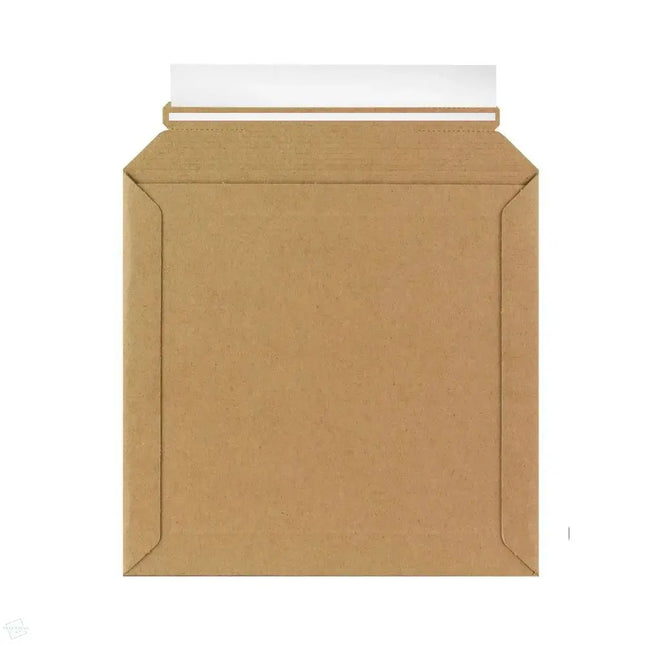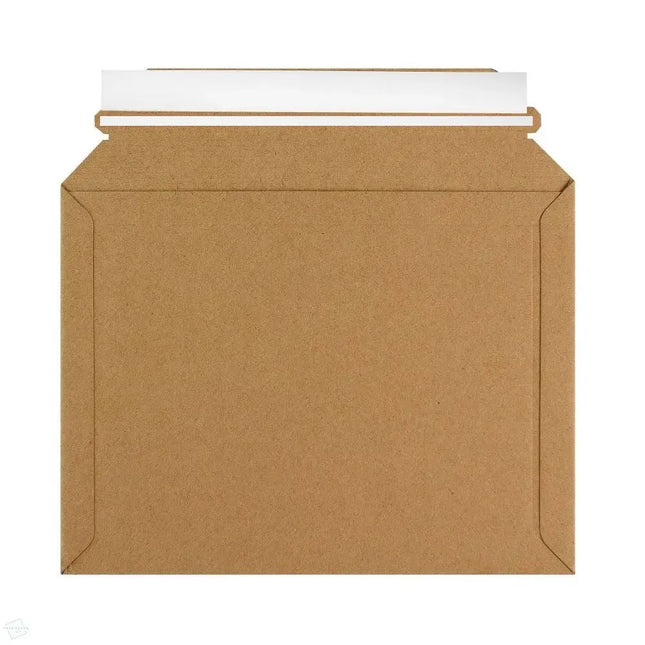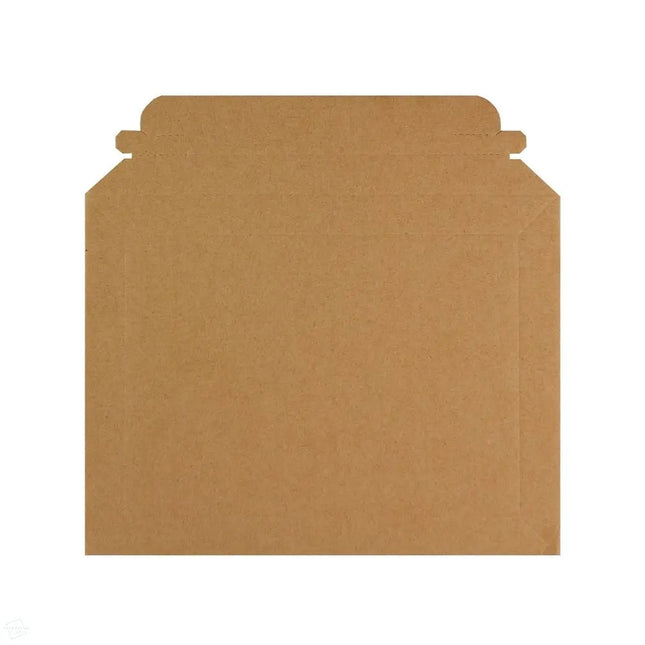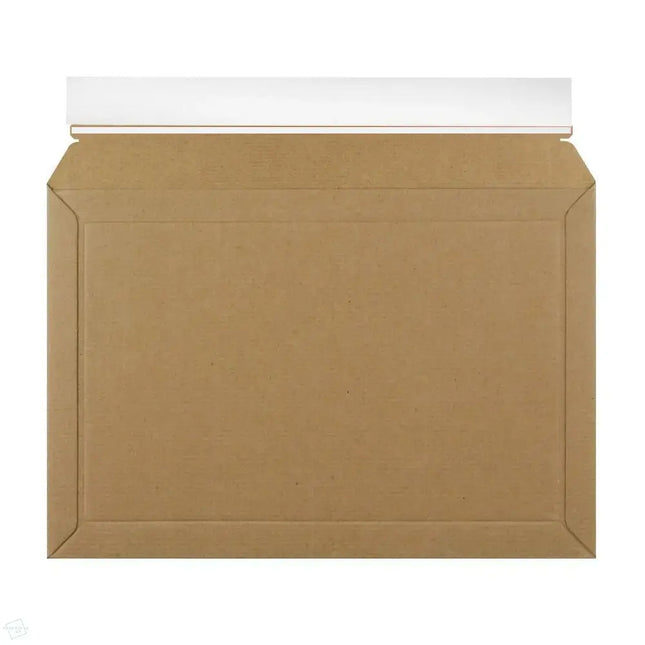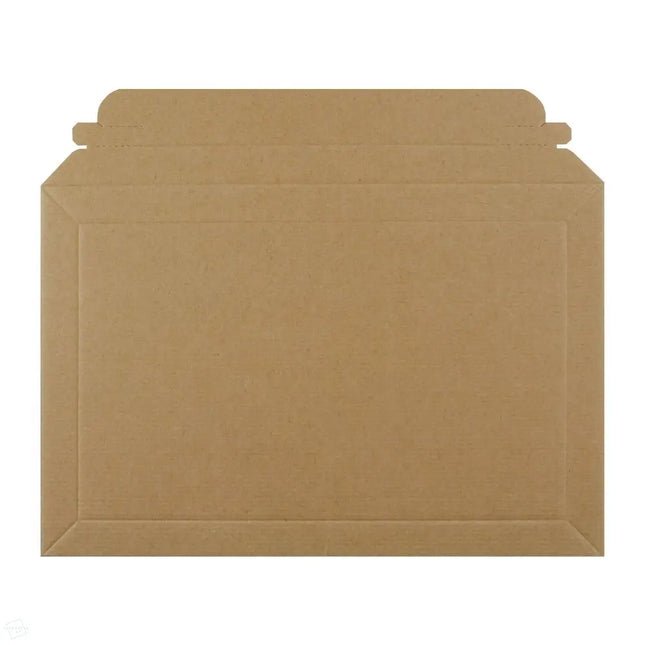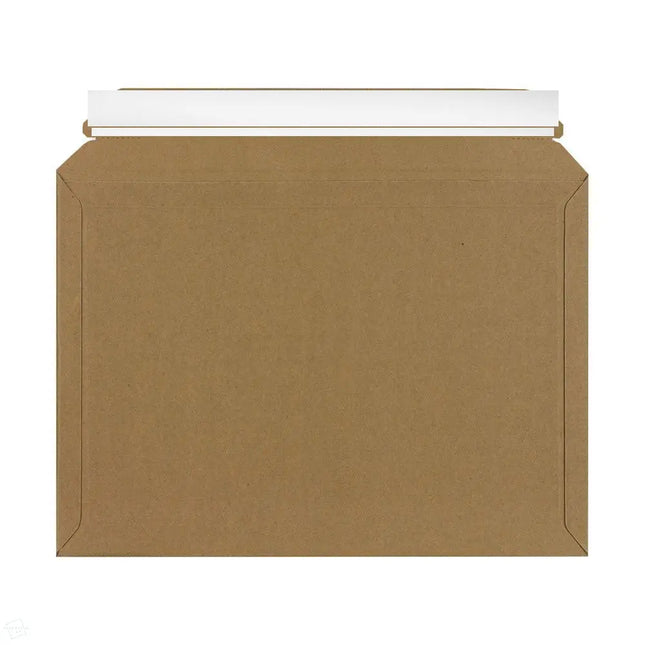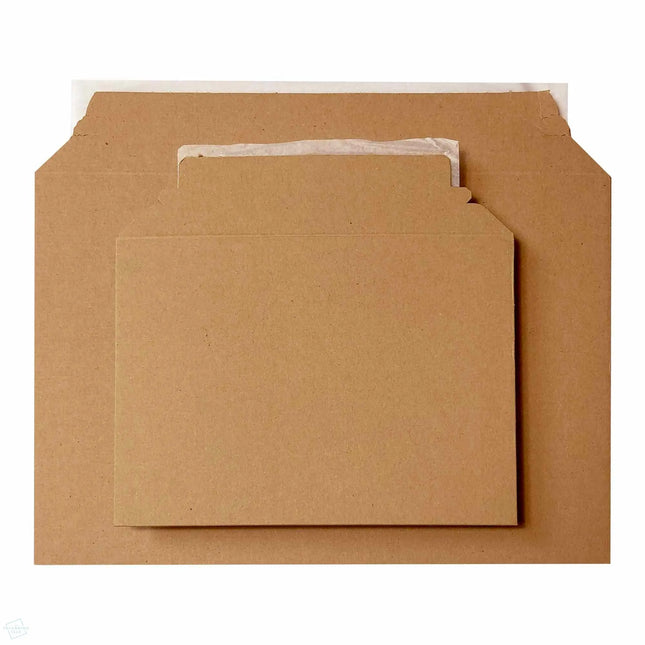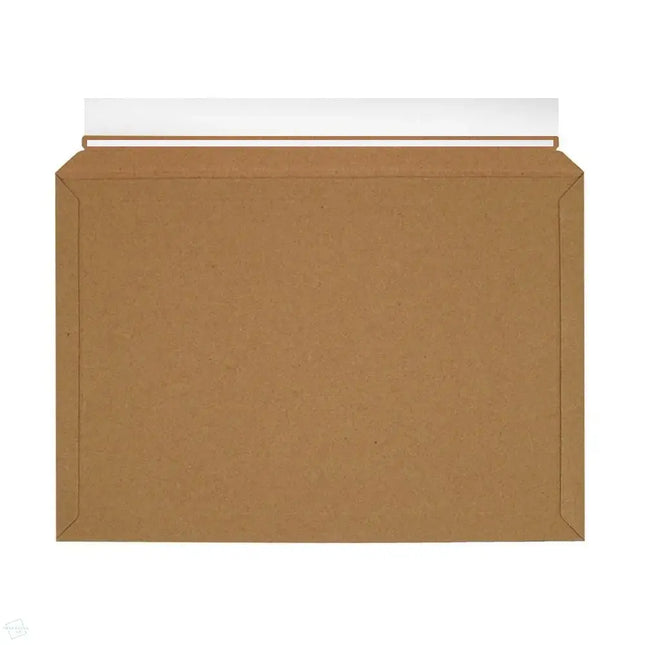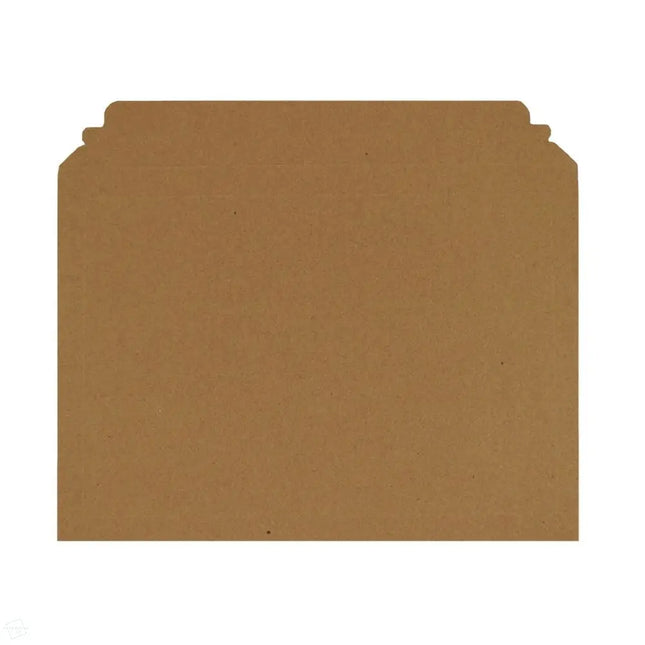What are E-commerce Cardboard Envelopes?

In e-commerce, packaging isn't just a practical requirement; it directly affects how customers perceive your business. Among the options available, cardboard envelopes are widely used for their simplicity, cost-efficiency and sustainability. This glossary outlines the key concepts and terminology associated with cardboard envelopes and their role in online retail.
If you're new to e-commerce packaging or simply want a clearer understanding of common terms, this guide will help you navigate the essentials. Whether you manage an online store, work in packaging design, or just want to understand the sector better, this resource provides useful context.
Understanding E-commerce Packaging
E-commerce packaging includes all the materials and methods used to prepare online orders for delivery. It covers a broad range of formats such as envelopes, boxes, mailers and cushioning materials. While the main goal is to ensure products arrive safely, packaging also contributes to how your brand is received by customers.
Choosing suitable packaging involves balancing protection, cost, presentation and sustainability. Cardboard envelopes often strike that balance well, particularly for lighter or flatter items.
Cardboard Envelopes in E-commerce Packaging
Cardboard envelopes, also referred to as paperboard mailers, are rigid mailers typically used for sending flat goods like books, documents, and tech accessories. They’re known for being strong, lightweight and easy to seal using peel-and-seal adhesive strips. Most also feature a tear strip for easy opening.
Thanks to their paper-based composition, cardboard envelopes are usually recyclable and may contain a high percentage of recycled content. Their slim profile reduces the need for extra void fill and lowers postage costs, which adds to their appeal for online sellers.
Key Terms in E-commerce Packaging
Understanding basic packaging terms is helpful when working with suppliers or developing your own brand’s packaging approach. Below are some common definitions relevant to cardboard envelopes and their use in e-commerce.
Biodegradable

In packaging, a material described as biodegradable will naturally break down over time into simpler elements like water and carbon (CO₂). Most cardboard envelopes qualify, although additional features such as adhesives or coatings may affect their breakdown. It’s worth checking the envelope’s full specification to confirm its environmental credentials.
Tear Strip

A tear strip is a narrow section built into the envelope that allows the customer to open the package without scissors or tools. It enhances ease of use and is increasingly considered a standard feature for e-commerce formats. When well-designed, a tear strip can also reduce damage when opening, helping maintain product presentation.
Choosing the Right Cardboard Envelopes for Your Business
Selecting the best cardboard envelope comes down to a few practical questions: What are you sending? How fragile is it? What does your brand represent? What are your sustainability goals? All of these points play a part in narrowing down your options.
Size and Weight Considerations
Your chosen envelope needs to fit your product securely without excessive movement. It also shouldn’t be too large, as this can raise postage costs or require additional filler. Most suppliers offer a range of envelope formats to suit typical sizes, and it’s easy to find heavy-duty versions for more delicate items.
Brand Image and Customer Experience
Packaging is often the first branded element a customer sees when receiving their order. Cardboard envelopes can be printed with logos or messages, and if your brand is positioned as sustainable or high-end, your choice of envelope should reflect that.
Simple enhancements such as custom colours, inside printing, or improved unboxing features like a well-placed tear strip can all leave a positive impression and encourage repeat orders.
Environmental Considerations
Eco-conscious packaging is becoming standard for online retail, and cardboard envelopes perform well in this area. Most are recyclable, compostable, and made from renewable resources. Still, there are a few specific details to review when making your selection.
Materials and Recyclability
Look for envelopes made from high percentages of post-consumer recycled content and free from plastic laminates. Avoid complex finishes or synthetic adhesives if recyclability is a priority. Suppliers who clearly list these details make it easier to ensure you’re buying responsibly.
Manufacturing Process
How your packaging is made also affects its environmental impact. Ask your supplier whether their production relies on renewable energy, closed-loop water systems or FSC-accredited materials. The more transparent the supply chain, the easier it is to demonstrate your own sustainability efforts.
Conclusion
Cardboard envelopes offer a smart, efficient, and eco-aware packaging solution for a wide variety of e-commerce needs. They’re easy to handle, simple to store, and come in sizes suited to most product categories.
The right envelope also supports your wider brand and customer experience goals. With options for custom printing, sustainable sourcing, and user-friendly opening features, they’re a practical choice for modern e-commerce businesses looking to balance form and function.
If you're looking to improve your packaging strategy or upgrade to custom formats, The Packaging Club can help. We offer a range of bespoke e-commerce packaging options, including high-quality printed envelopes, boxes and wraps—made in the UK and tailored to your needs.
Learn more about bespoke packaging and how we can help bring your brand’s packaging to life.

